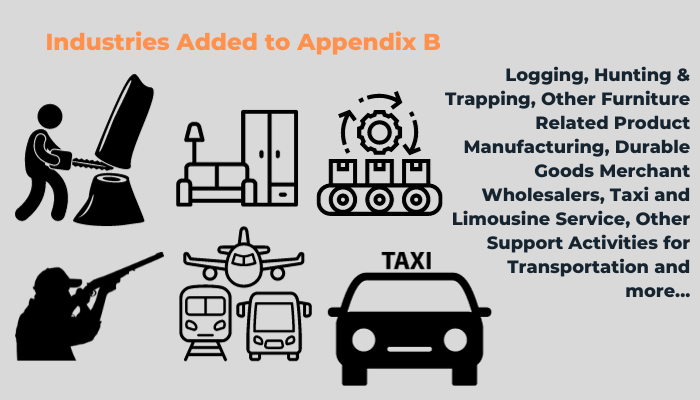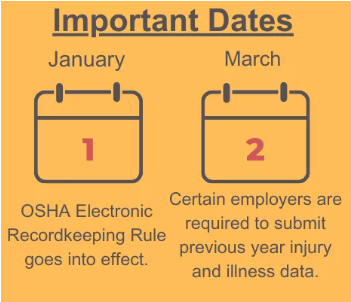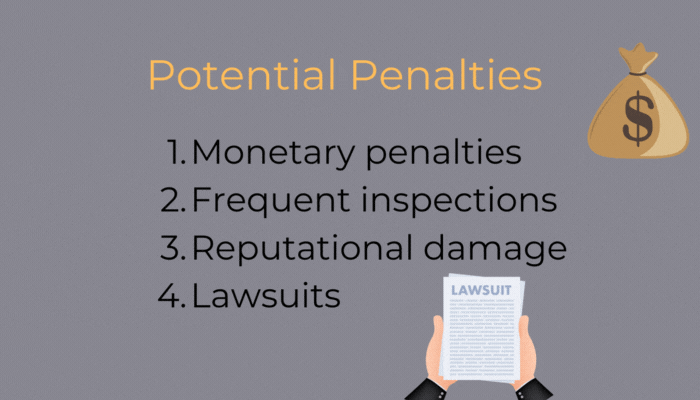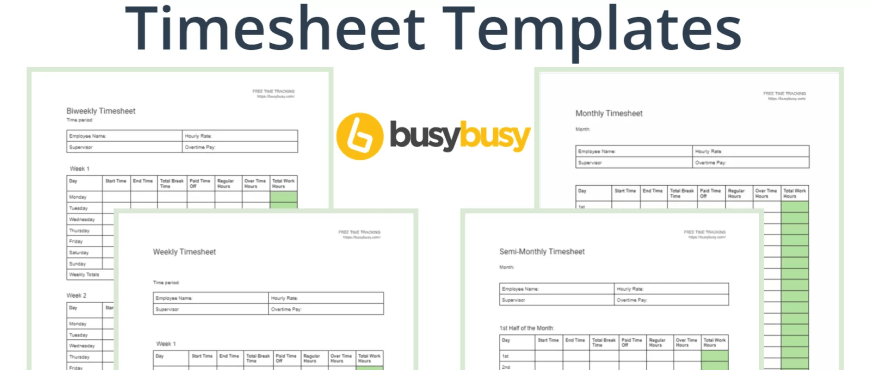
In today’s digital age, government regulations are constantly evolving to keep up with the changing landscape of industries and businesses. One such regulation that will come into effect on January 1st, 2024, is the new OSHA Electronic Recordkeeping Rule. This rule, implemented by the Occupational Safety and Health Administration (OSHA), aims to enhance workplace safety by requiring certain businesses to submit their injury and illness records electronically.
The Occupational Safety and Health Administration (OSHA) is a federal agency within the United States Department of Labor. Its primary mission is to ensure employees’ safe and healthy working conditions by setting and enforcing standards, providing training, and conducting inspections. OSHA is crucial in promoting workplace safety and reducing occupational hazards across various industries.
As part of its ongoing efforts to improve workplace safety, OSHA introduced the new Electronic Recordkeeping Rule. This rule requires certain businesses to electronically submit their injury and illness records to OSHA.This rule aims to enhance data collection and analysis, enabling OSHA to identify workplace hazards, target enforcement efforts effectively, and ultimately prevent future workplace injuries and illnesses.
The new Electronic Recordkeeping Rule represents a shift from traditional paper-based recordkeeping to a more streamlined and accessible electronic system. By digitizing recordkeeping processes, OSHA aims to improve data accuracy, facilitate data sharing, and analysis, and increase transparency in reporting workplace incidents.
This rule also aligns with OSHA’s overall strategy to leverage technology to modernize its systems and enhance its ability to protect workers. Through electronic recordkeeping, OSHA can gather valuable insights into workplace hazards, identify trends, and develop targeted interventions to improve workplace safety standards.
What Employers Need to Do to Comply with the New OSHA Requirement
To ensure your company adheres to the new OSHA requirement, which goes into effect on January 1, 2024, follow these steps:
- Determine Applicability: It’s important to assess whether this new requirement applies to your organization or not. If you were already obligated to submit these forms annually, there’s no additional concern. However, for those not previously covered, the rule applies to designated high-hazard industries listed in Appendix B, and organizations with 100 or more employees.

Find ALL Industries Here
- Evaluate Recordkeeping Procedures: Accuracy in filling out OSHA forms 300, 301, and 300A is vital since the data will be used for insights and trend analysis. Moreover, as it will be accessible to the general public, existing and potential customers, and employees, it has implications for your brand image. Therefore, review the information you record and avoid sharing unnecessary details.
- Check State-Specific Regulations: In some states, state agencies enforce Occupational Safety and Health regulations rather than federal OSHA. It’s crucial to understand your state’s recordkeeping requirements and comply accordingly.
For OSHA compliance, employees should use the Injury Tracking Application (ITA) on March 2nd for the previous year. The ITA launch page offers three options for data submission:
- Manual data entry using a web form.
- Uploading a CSV file, even for multiple establishments simultaneously.
- Utilizing an automated recordkeeping system for electronic data transmission through an API (application programming interface).

Why is OSHA collecting this data?
According to OSHA, the advantages of collecting and disseminating this data to improve safety and health outweigh any potential privacy concerns. These benefits encompass OSHA’s ability to:
- Identify workplaces with elevated risks and provide targeted assistance to companies.
- Enable researchers to discern trends related to workplace injuries and illnesses.
- Evaluate the efficacy of existing prevention measures.
- Inform job seekers and investors about workplace conditions in a given establishment.
Gathering this new data, OSHA still aims to protect the privacy and confidentiality of employees. Here are the OSHA guidelines for gathering information:
- OSHA will not collect worker names and addresses;
- OSHA will convert birth dates to age and discard birth dates;
- OSHA will remind employers not to submit information that could directly identify workers, such as names, addresses, telephone numbers, etc.;
- OSHA will withhold from publication the information on age, gender, date hired, and whether the worker was treated in an emergency room and/or hospitalized overnight as an in-patient;
- OSHA will also use automated information technology to detect and remove any remaining information that could directly identify workers
Implications of Non-Compliance with the OSHA Electronic Recordkeeping Rule
Failure to comply with the OSHA Electronic Recordkeeping Rule can seriously affect your business. In this section, we will explore the potential penalties and sanctions that may be imposed for non-compliance, provide case studies to illustrate the real-life consequences, and offer strategies to mitigate non-compliance risks.
Potential Penalties and Sanctions

OSHA takes non-compliance with the Electronic Recordkeeping Rule seriously and has the authority to impose penalties and sanctions on businesses that fail to meet the requirements. The specific penalties may vary depending on the severity of the violation and the history of non-compliance. Some potential penalties and sanctions include:
Monetary penalties: OSHA can impose fines on businesses for each violation of the recordkeeping rule. The fines can range from hundreds to thousands of dollars, depending on the nature and extent of the violation.
Increased scrutiny: Non-compliant businesses may face increased scrutiny from OSHA, leading to more frequent inspections and audits. This can disrupt normal business operations and potentially uncover additional violations or hazards.
Reputational damage: Non-compliance with workplace safety regulations can result in reputational damage for your business. Negative publicity and loss of trust from employees, customers, and the public can have long-term consequences for your brand.
Legal consequences: In severe cases of non-compliance, businesses may face legal action, including lawsuits from injured employees or regulatory enforcement actions.
It is important to note that the penalties and sanctions imposed for non-compliance with the OSHA Electronic Recordkeeping Rule can have a significant financial and operational impact on your business. Therefore, it is crucial to prioritize compliance and take proactive steps to mitigate non-compliance risks.
How to Mitigate Non-Compliance Risks
To mitigate non-compliance risks and ensure full compliance with the OSHA Electronic Recordkeeping Rule, consider implementing the following strategies:
Establish a robust recordkeeping system: Implement a comprehensive recordkeeping system that accurately tracks and documents all workplace injuries and illnesses.
Train employees on compliance requirements: Provide training to employees on the importance of recordkeeping and reporting incidents in a timely and accurate manner.
Conduct internal audits: Regularly audit your recordkeeping practices to identify any gaps or areas for improvement. Address any deficiencies promptly.
Stay updated on regulatory changes: Stay informed about any updates or changes to the OSHA Electronic Recordkeeping Rule and adjust your practices accordingly.
Seek professional guidance if needed: If you are unsure about any aspect of compliance, consider seeking professional assistance from experts or legal advisors.
By implementing these strategies, you can mitigate non-compliance risks, protect your business from penalties and sanctions, and maintain a safe and compliant workplace.
In the next section, we will explore the future prospects and potential changes to the OSHA Electronic Recordkeeping Rule. Understanding the evolving landscape of workplace safety regulations will help you stay ahead and adapt your recordkeeping practices accordingly. Let’s continue our exploration to ensure your business remains compliant with OSHA requirements.
Future Prospects and Changes to the OSHA Electronic Recordkeeping Rule
The OSHA Electronic Recordkeeping Rule is not static and may undergo changes and updates in the future. In this final section, we will explore the potential future prospects and changes to the rule, the impact of technological advancements on compliance, and how businesses can prepare for future changes.
Potential Future Amendments and Updates
As workplace safety continues to evolve, OSHA may introduce amendments and updates to the Electronic Recordkeeping Rule. These changes could include modifications to reporting requirements, additional industries or businesses being brought under the scope of the rule, or adjustments to the electronic submission process. Businesses need to stay informed about any potential future amendments to ensure ongoing compliance.
To stay up to date with the latest developments, regularly check OSHA’s official website, subscribe to industry newsletters, and engage with industry associations or professional networks that provide updates on regulatory changes. By staying informed, you can proactively adapt your recordkeeping practices to any future amendments to the rule.
Impact of Technological Advancements on Compliance
Advancements in technology have the potential to significantly impact compliance with the OSHA Electronic Recordkeeping Rule. As technology continues to evolve, businesses may have access to more advanced recordkeeping systems and tools that streamline data collection, analysis, and submission processes.
For example, the use of wearable devices and sensors in the workplace can provide real-time data on employee health and safety, allowing for more accurate and immediate incident reporting. Cloud-based recordkeeping systems can improve data storage and accessibility, enabling businesses to easily retrieve and submit records as required by OSHA.
It is important for businesses to embrace these technological advancements and leverage them to enhance their compliance efforts. By adopting innovative solutions, businesses can streamline their recordkeeping processes, improve data accuracy, and stay ahead of regulatory requirements.
By preparing for future changes, you can ensure that your business remains compliant with the OSHA Electronic Recordkeeping Rule and continues to prioritize the safety and well-being of your employees.
Conclusion
Understanding the OSHA Electronic Recordkeeping Rule is essential for businesses to ensure compliance and maintain a safe working environment. By familiarizing yourself with the rule’s requirements, implementing best practices, and staying informed about future changes, you can navigate the complexities of recordkeeping and contribute to a safer workplace for your employees.
At busybusy, we are committed to supporting industries like construction affected by these changes. We acknowledge the significance of OSHA compliance and are dedicated to providing the necessary resources and information to navigate this ever-evolving terrain. As OSHA spearheads a safer future, busybusy stands prepared to empower your business to excel in this new era of workplace safety.











